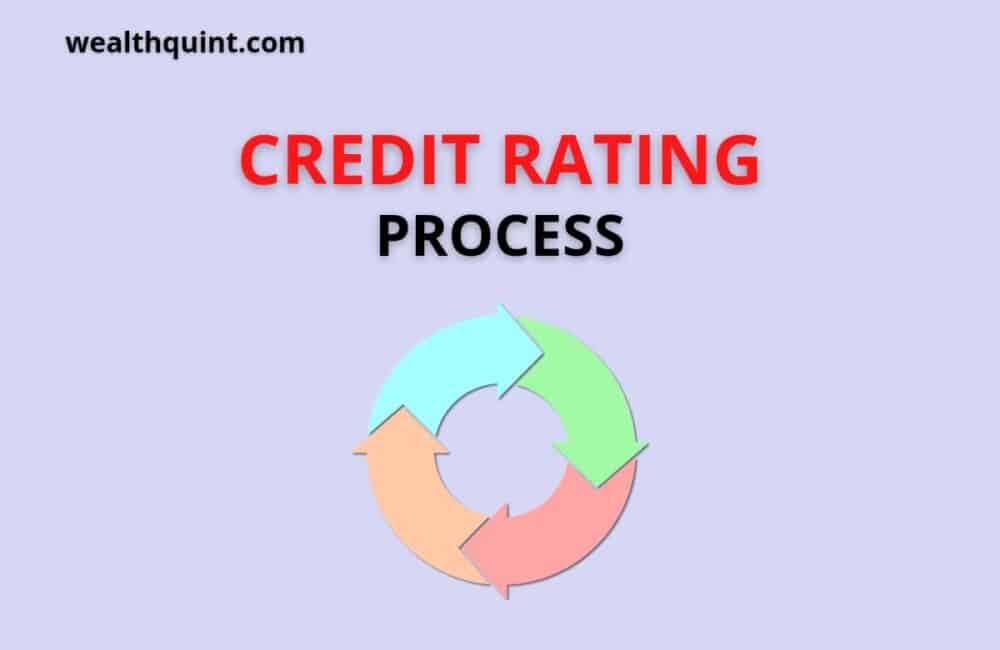Credit rating is a process that evaluates a company’s ability to repay a specific debt or financial obligation. Credit ratings typically occur after considering a company’s current and historical earnings.
The profitability of a company is measured by the timely repayment of its debts and obligations. Therefore, high credit ratings generally lead to more demand or marketability of debt, as they are more secure.
What Is A Credit Rating?
A credit rating is an assessment of the borrower’s ability to meet their financial obligations can be defined as a credit rating. It is an approximate measurement of a person’s or an entity’s creditworthiness based on various factors, including their ability to pay back financial obligations promptly.
The credit rating process is instrument-specific and evaluates various commercial instruments based on their risk profile and the capacity of the obligations to meet their obligations. Here are examples of multiple credit ratings and their underlying metrics:
Credit ratings result from an evaluation of the credit risk of a debt instrument by a rating agency on a given date, which reflects the probability that the borrower will be able to pay back the principal plus interest.
In assessing and rating default risk, the following three factors need to be considered:
1. Playability of the issuer.
2. Validity of the claim made by the instrument owner.
3. Impact of the issuer’s market on the issuer’s economy.
Also Read: What is Cash Credit & How does Cash Credit Work?
What Is The Credit Rating Process?
The credit rating process is determined by credit rating agencies (preferably third parties) based on the agency’s analysis of bonds, stocks, securities, or a company to be used as investments by others.
Another way to determine it is by assessing a borrower’s ability to repay their financial obligations. The creditworthiness of an individual, organization, etc., can be evaluated by considering various factors that represent a borrower’s ability and willingness to meet their financial needs obligations.
What Are The Steps Involved In The Credit Rating Process?
The steps involved in the credit rating process are as under:
Step #1: Request From Issuer And Analysis
A company first applies to the rating agency for a credit rating of a particular instrument. A member of the expert team is then involved in the interaction with the firm’s governance staff and collects relevant data. Among the factors considered are:
· Historical performance
· Financial Policies
· Business Risk profile
· Competitive Position, etc.
Step #2: Rating Committee
Based on information gathered and evaluation performance, the expert’s team presents a report to the Rating Committee, in which the issuer is not permitted to participate.
Step #3: Communication To Management And Appeal
The issuer gets to see the rating decision, and if they disagree with it, then an opportunity is given for the issuer to be heard. If the issuer wants to appeal against the decision, it must provide information that is material. After that, committee members review the decision, but that does not affect ratings.
Step #4: Pronouncement Of The Rating
Once the issuer approves the rating decision, the agency announces the ratings publicly.
Step #5: Monitoring Of The Assigned Rating
The rating agency ignores the performance of the issuer and the business environment in which it operates.
Step #6: Rating Watch
A-rated security may be placed on Rating Watch based on continuous critical observation by the rating agency.
Step #7: Rating Coverage
Ratings are not limited to specific debt instruments but include public utilities, transport, infrastructure, energy projects, and special-purpose vehicles.
Step #8: Rating Scores
CRISIL, ICRA, CARE, FITCH are some of the credit rating agencies that give scores. Credit Ratings are beneficial, not just for investors but for the entire industry, because they mobilize savings directly from individuals.
Also Read: How to Remove Inquiries From Credit Report?
Final Thoughts
Risk-reward ratios allow the creditor to lend at a special price based on the agency’s credit rating. Rating agencies must thus ensure fairness of opinion, a hawk-eyed approach to possible future developments, and unbiased credit ratings for the companies they evaluate.
Many banks conduct credit analyses of corporate clients themselves, as they perhaps do not wish to rely on credit agencies and instead want to form their assessment of a company’s creditworthiness.
Recommended:
What Is A Public Record On The Credit Report?
How To Get A Credit Score Of 800?
The Ultimate Guide to Credit Card Churning
How To Build An Excellent Credit Score? How Long Does It Take?
Frequently Asked Questions
What Is The Basis Of Credit Rating?
Longevity, past repayment history, and credit utilization are the most common factors affecting your credit score. Your credit profile is created from the information collected by the credit reporting agencies and will affect your overall rating and score.
What Are The Three Credit Rating Companies?
Moody’s, Hearst, S&P Global Ratings (S&P), and Fitch Group are the big credit rating agencies. While Moody’s, S&P, and Fitch are based in the United States, Hearst controls Fitch’s London and New York offices.
What Is The 3 C’s Of Credit?
Character, Capacity, and Capital.
What Is The 20-10 Rule Of Credit?
According to the 20/10 rule, you are not allowed to pay more than 20% of your annual take-home income on consumer debt and no more than 10% each month.




